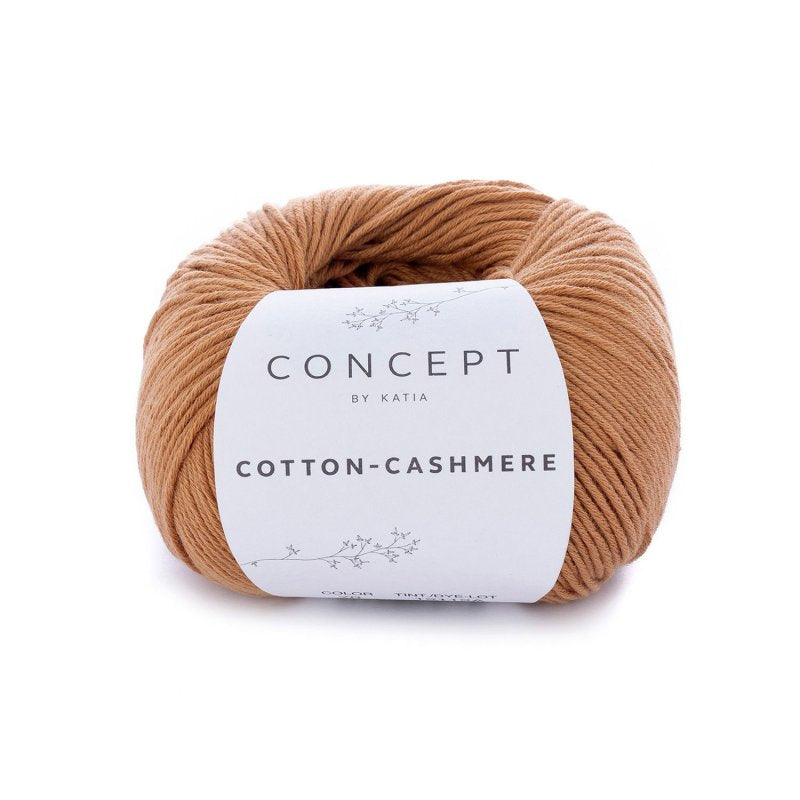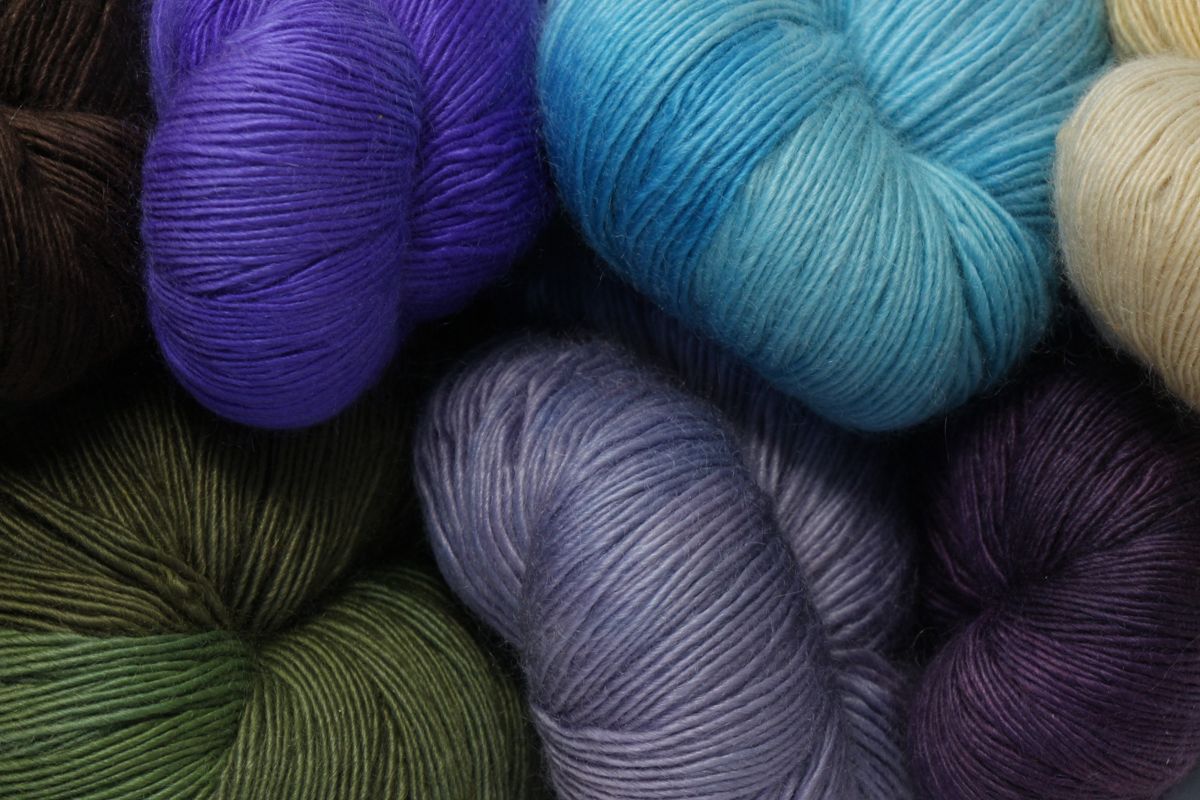Recognizing the Various Sorts Of Cashmere an All-natural Fiber and Their Distinct Advantages

The Beginnings of Cashmere: A Historical Introduction
While the extravagant touch of cashmere proceeds to appeal modern customers, its origins trace back to the rough, cool environments of Mongolia and the Mountain ranges. For centuries, the indigenous peoples of these regions have actually been raising Capra Hircus goats, the prime source of cashmere wool. These goats, resistant against the severe winter seasons, expanded a great undercoat to make it through, which later came to be called cashmere. The name itself pays homage to Kashmir, an area in India where the wool was initially refined. Much of the very early cashmere profession path was facilitated by the Silk Road, attaching Asia with the Middle East and Europe. In spite of its international spread, the finest cashmere is still thought to originate from the original areas of Mongolia and the Mountain Ranges.

The Production Refine: From Goat to Garment
Shearing a Capra Hircus goat marks the beginning of the intricate cashmere manufacturing procedure. This delicate treatment normally occurs annually throughout springtime. The fine, soft undercoat is after that separated from the coarser external hair, a process called dehairing. The resultant raw cashmere is then washed to eliminate impurities such as veggie, oil, and dirt matter.
The tidy fiber is subjected to coloring, rotating, and weaving, or knitting, to change it right into a textile. Complicated treatments like quality control checks and finishing processes follow, making certain completion item keeps the lavish standard anticipated of cashmere. This meticulous process, from goat to garment, validates the high expense connected to cashmere items, making them a sign of deluxe and improvement.
The Various Kinds Of Cashmere: An Extensive Analysis

The One-of-a-kind Advantages of Cashmere: Convenience and Sustainability
Relocating from the selection of cashmere kinds to the advantages they use, comfort and sustainability stand out plainly. Cashmere, an all-natural his response fiber, is renowned for its exceptional gentleness, providing a degree of comfort that synthetic fibers can't match.
When it look what i found pertains to sustainability, cashmere is eco-friendly and naturally degradable, as it's gathered from cashmere goats who regrow their coats yearly. what is cashmere. Unlike synthetic fibers which can take hundreds of years to decompose, cashmere's effect on the environment is marginal. This mix of convenience and sustainability makes cashmere a helpful choice for aware customers

Caring for Your Cashmere: Maintenance and Conservation Tips
While cashmere is most certainly a elegant and sustainable selection, it calls for specific treatment to maintain its top quality and expand its life expectancy. To start, cashmere need to be hand washed utilizing chilly water and a moderate cleaning agent. Cashmere things should be stored in a dry and great area, away from straight sunshine and dampness.
Spending in Cashmere: Recognizing Its Worth and Well Worth
Although cashmere might at first seem like a pricey investment, its long-lasting value and worth come to be apparent when you consider its impressive qualities. Recognized for its exceptional softness and heat, cashmere is a premium all-natural fiber that exceeds various other products. Investing in cashmere, therefore, is not simply concerning current style fads, yet about welcoming a sustainable, long-lasting, and glamorous content way of living.
Conclusion
In recap, the type of cashmere one selects, be it Mongolian, Chinese, or Italian, is determined by individual preferences for heat, high-end, spending plan, and sustainability. The value of cashmere prolongs past its rate, with convenience and long life including to its worth. Proper treatment and upkeep can guarantee its preservation. Comprehending the beginnings, production procedure, and special benefits of various kinds of cashmere can assist customers in their investment in this lavish all-natural fiber.
Whether it's the extraordinary warmth of Mongolian cashmere, the affordability of Chinese cashmere, or the eco-conscious production of Italian cashmere, there's a tale to be uncovered behind each fiber kind. Cashmere, an all-natural fiber, is renowned for its unmatched soft qualities, giving a level of comfort that synthetic fibers can not match.When it comes to sustainability, cashmere is eco-friendly and naturally degradable, as it's harvested from cashmere goats that regrow their layers each year. Understood for its exceptional softness and heat, cashmere is a premium natural fiber that surpasses other products. Comprehending the beginnings, manufacturing process, and unique advantages of different kinds of cashmere can direct consumers in their investment in this elegant natural fiber.